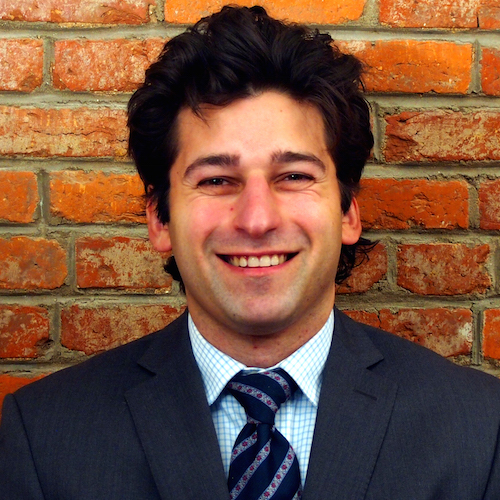Creating a "healthy lifestyle" can seem daunting. It can sometimes feel like you have to revamp your entire life—changing everything about your diet, exercise, sleep, work and even mental life to finally "be healthy." It's a little much.
But it doesn't have to be. Adding just one new healthy habit to your daily life can make a huge difference. If you eat just 100 fewer calories per day, for instance, you could lose 10 pounds or more in a year without any other dieting.
Even fitness coaches—people who make their living in and around gyms—don't have time to live a healthy lifestyle 24 hours per day. They've got families and
"I spend five minutes per day moving my joints through their full range of motion."
Multiple strength coaches mentioned working on joint mobility as a daily habit and it's no wonder: Studies have shown that losing mobility as you age is a risk factor for overall functional decline. To keep their joints moving, these coaches aren't necessarily going through any complicated system, though.
"It doesn't take any special knowledge," says Jeremy Frisch, owner of Achieve Performance Training in Massachusetts. "I simply reach up, reach down, reach to the side. Swing the arms, lift the legs, twist, turn, step forwards, backwards and sideways. I move my neck in all directions, [as well as my] toes and ankles. It lubricates the joints, wakes up
Mike Perry, owner of Skill of Strength, a performance-based training facility in Massachusetts, does a similar 10- to 15-minute run through his joints, moving his ankles, hips and spine. He says it's not just for the physical benefits of the movement, but because it can help him be more aware of how he's feeling and the effects his training has on his body.
"I almost use it as a daily check-in to form a baseline of how my body's performing day-to-day," he says. "For example, if I'm really sore and I do this normal joint mobility [check-in] and I feel pretty locked up, it's a pretty good indication that the prior training session was probably a bit too much."
"I meditate."
Like many business owners, Evan Marcantonio is busy. And with a 2-year-old and 12-
'[Meditating] gives me a bit of a break. I find myself to be more focused and more productive after. It's the most powerful thing I've done over the last year," he says. But it doesn't take up valuable sleeping time in his day. "I was able to start with two minutes and now I'm up to 10 minutes. I focus on my breathing, I try to clear my mind and I count."
And Marcantonio productivity is not just in his head: In one study from 2012,
As Marcantonio indicates, meditation doesn't have to take long and doesn't have to be complicated. Oftentimes participants are asked simply to focus only on their breathing, counting each inhale as "one", and each exhale as "
"I write on my gratitude whiteboard."
Each night before bed, breathing and mobility coach Dana Santas writes three things she's grateful for on a whiteboard near her toilet. Even on a stressful day, she says, she makes sure to spend some pre-sleep time with the board—and its placement
"You go to bed, and it's the last thing you thought of. Now [because it's by the toilet], it's one of the first things you see in the morning. When you wake up, you're reminded of what was
Writing down what you're grateful for won't just improve your mood. In one study, scientists found that people at risk for heart failure who started a daily gratitude
"I exercise every single day."
Okay, that sounds like a big commitment. But Frank Nash, owner of Stronger Personal Training in Massachusetts, says it doesn't have to be: "I don't exercise hard every day, but I've got to move every single day." Even if it's just walking, Nash says he carves out even a small slice of his day for controlled movement.
Alwyn Cosgrove, co-owner of Results Fitness in California doubles it, aiming to do two types of exercise each day—intentional and unintentional. "I like walking the dog. She gets about an hour in the morning and that's my mental health thing," he says. Cosgrove calls movements like this—taking the stairs, walking the dog or performing a somewhat physically demanding, but necessary, task—unintentional exercise. In addition to its physical benefits, Cosgrove says this can help him clear his head, come up with ideas and work through problems.
Research backs this up: Stanford scientists found that participants who walked for 10 minutes gave more creative responses on tests designed to measure creative thought compared to those who tried to solve problems while seated.
While unintentional exercise is for his mind, Cosgrove also does regular exercise—what he calls "intentional exercise"—to improve his body. And while some days that may be a hard training session, it isn't always.
"It might be a walk for the purpose of exercise, rather than to get somewhere. Maybe some stretching," he explains. "This is a dedicated portion of time to improve me."













